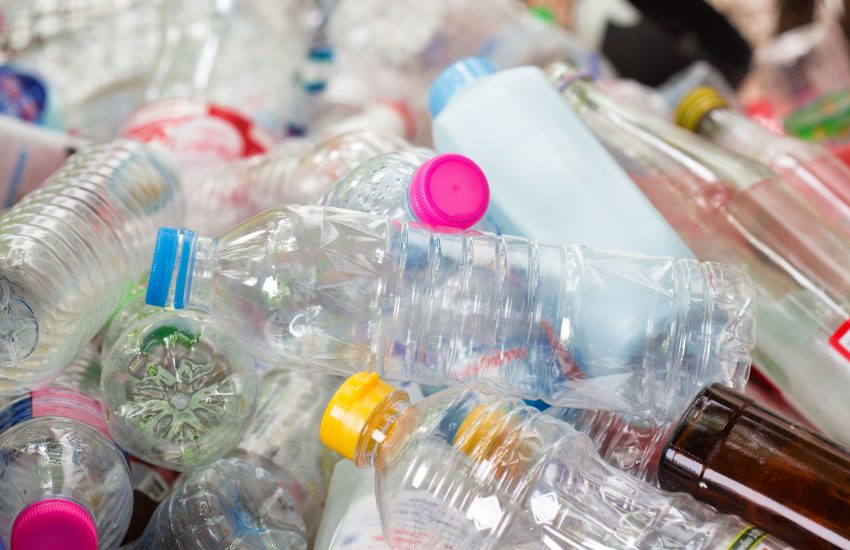Earlier this month, a team of researchers out of the UK, Canada, and New Zealand published a first-of-its-kind study in the peer-reviewed Journal of Hazardous Material Advances, examining the microplastics pollution potential for plastic recycling facilities. The study found that the recycling process, even with plastic pollution mitigation and high removal efficiencies, might potentially discharge tons of microplastics into waterways.
The purpose of the study was to identify if the state-of-the-art unnamed UK plastic recycling facility (PRF) subject to the study discharged microplastics into wash water, “to consider the effectiveness of the filtration system in mitigating overall and small particle microplastics quantities in PRF wash water,” and to “highlight PRFs as a potential source of microplastics pollution.”
By way of background, the authors described the process by which this PRF separated plastics by type, broke them down and granulated them, and then pelletized them for re-processing. This process, which uses mechanical friction, abrasion, or similar methods to break down the plastics, was suspected to result in the release of microplastics in the wash water, which is then discharged.
Samples were collected from four wash water discharge flow paths—three of which utilized a particle filtration system—and microplastics were found in all samples. Microplastics could even be seen floating as sludge on the surface of the water. The study revealed that filtration systems were effective for larger microplastics particles, greater than 10 um, but allowed smaller microplastics particles to be discharged into the receiving waterway. The simple conclusion: taking into consideration that the facility accepts 22,680 tons of mixed plastic waste per year, it could discharge anywhere from 59 to 1,184 metric tons of microplastics per year.
The authors of the study conclude that “[f]urther research on this potential source of microplastics pollution is needed to support progress within the plastic recycling industry without these facilities potentially contributing to an increase of global microplastics pollution.” As with many environmental concerns, we are again faced with an analysis as to whether the solution may, in fact, be part of the problem.

